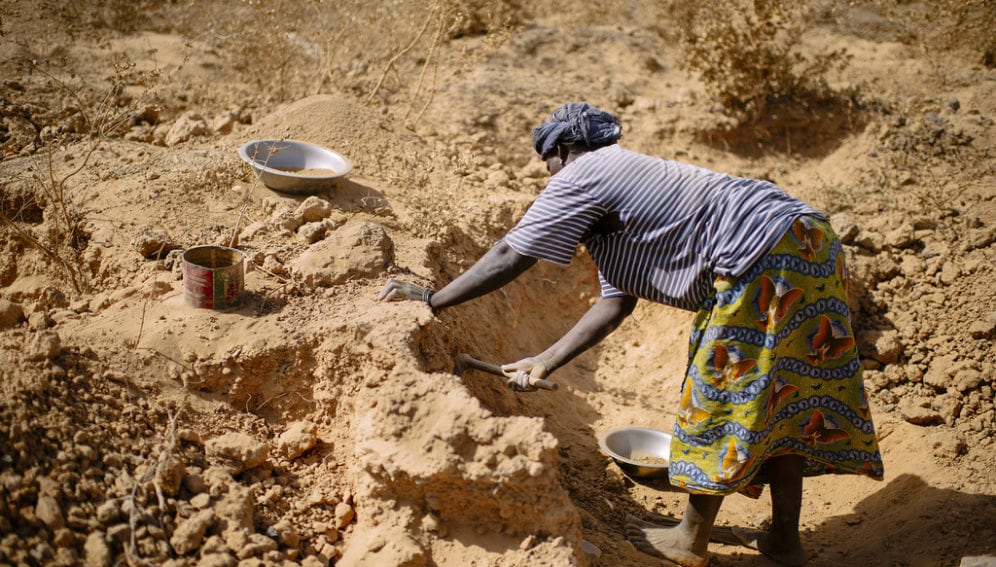By: Jan Piotrowski
Send to a friend
The details you provide on this page will not be used to send unsolicited email, and will not be sold to a 3rd party. See privacy policy.
The increased aridity expected this century as a result of climate change may disrupt the balance of key soil nutrients with a knock-on effect on soil fertility threatening livelihoods of more than two billion people, a study finds.
The drop in nitrogen and carbon concentrations that occurs as soils become dryer could have serious effects on ecosystem services such as food production, carbon storage and biodiversity, according to the Nature paper published today.
Loss of nitrogen and carbon, which are the basic building blocks of living organisms, drastically affects land’s productivity, says Fernando T. Maestre, a biologist and geologist from King Juan Carlos University, Spain, and a co-author of the report.
“If plant productivity is reduced, the capability of the land to support livestock and crops will be affected and this will have a big impact on people who depend on them,” he tells SciDev.Net.
Drylands make up more than 40 per cent of the world's land area, and host a similar proportion of the world’s population. Many are expected to get drier because of climate change.
“As global climate change progresses, the ecosystem properties of many drylands could pass a tipping point.”
David A. Wardle, Swedish University of Agricultural Sciences
The study measured the nitrogen, carbon and phosphorus content of soil at 224 sites across all continents except Antarctica, which together represent a wide range of soil and vegetation types, climates and species diversity.
As ecosystems became more arid, it found, both nitrogen and carbon concentrations decreased, which may significantly impair plant and microbial activity, with knock-on effects on organic decomposition and plant growth.
Limited nitrogen content could also reduce plants’ ability to convert carbon dioxide into organic compounds such as sugars through photosynthesis, resulting in even greater climate change, the study says.
Despite a rise in phosphorus levels, plants cannot use this important element, as the enzyme they need to absorb it through their roots is dependent on nitrogen availability.
The study’s data suggest that “as global climate change progresses, the ecosystem properties of many drylands could pass a tipping point that will be difficult or impossible to reverse,” writes David A. Wardle, a researcher at the Swedish University of Agricultural Sciences, in an accompanying comment piece in Nature.
He adds: “Reduced soil carbon and nitrogen may impair the supply of nutrients from the soil and therefore the productivity of crops and livestock, with potentially dire consequences for many of the more than two billion people who inhabit dryland regions.”
References
Nature doi: 10.1038/nature12670 (2013)
Nature doi:10.1038/502628a (2013)














